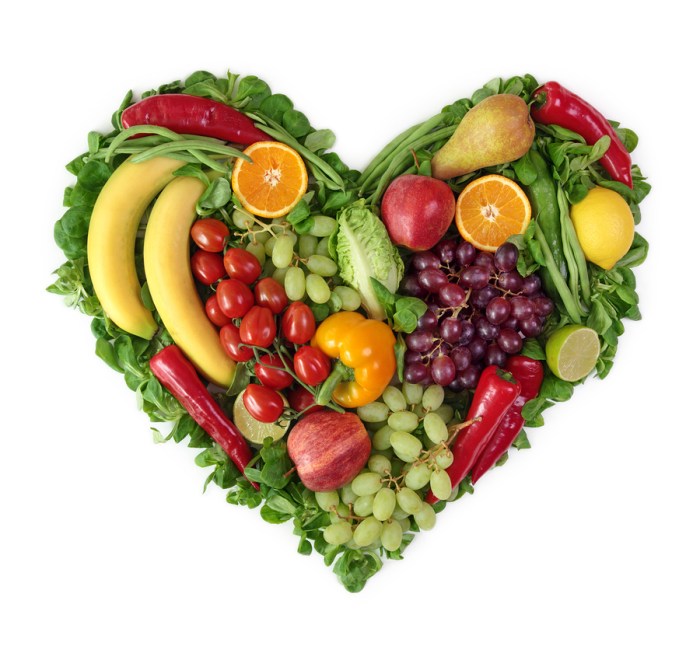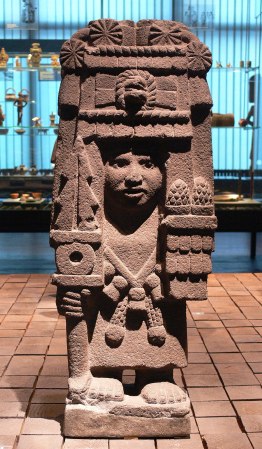This was originally posted on Jan 29, 2022.

Today is Wives’ Feast Day, a holiday celebrated in Ireland and northern England on February 2, the same day as Imbolc, Candlemas, and St. Bridget’s Feast Day. On this holiday, women (in Old English, “wife” meant simply woman) would gather together and enjoy making and sharing delicious foods with each other, honoring themselves and their work providing nourishment and other aspects of making a “home.”
When you think about it, this delightful tradition is quite remarkable. Feast days are generally associated with saints, so, in a way, this feast day recognizes the sacredness of all women and also their daily labor. This echoes to me Old European cultures that connected women’s baking and weaving to divinity by placing workshops in goddess temples and associating goddesses with these tasks. Today, women work in many jobs not directly associated with food production, but still labor to make our communities and planet better “homes” in many other ways.
An essential aspect of Wives’ Feast Day that is easy to overlook but is bound up with the holiness of women is the sacredness of food and sharing a meal. After all, feasting together is how women celebrate themselves and each other on this day. We all feel the power of sharing food when we have a meal with family or friends or bring it to circles and ceremonies. In fact, sharing food plays such a pivotal role in so many religions and spiritual practices as well as family and societal traditions that it can be easy to think of food as just a pleasurable part of the goings-on and forget that it is blessed in its own right.

In fact, food is so sacred that it comes directly from goddesses in many cultures. Earth and grain goddesses like the Aztec Chicomecoatl, the Greek Demeter, the Sumerian Ashnan, the Hmong Ntsee Tyee, the Scandinavian Sif, Borneo’s Mba Kuy, the Algonquin Nokomis, and the Shinto Inari, among others, bring forth the abundance of grains and other crops. The Inuit Sedna provides food from the sea for Her people. The Scottish Glaistig, the Zuni and Hopi Ku’yapalitsa, the Finnish Mielikki, and the Yoruba Sanene were all hunting goddesses.
Yet, in our 21st century, food has been desacralized with disastrous consequences. According to the UN, 821 million people all over the world starve while our planet has the capacity to feed everyone. We simply lack the political, social, economic, environmental and spiritual will to ensure that no one goes hungry anywhere. Sometimes starvation is deliberately inflicted. The UN’s World Food Programme calls starvation “the cheapest weapon of mass destruction available to armies.” Elsewhere, people may not have food that is nutritious because of lack of income or because they live where healthy food is not available.
It is essential that we all think of how we can bring back this understanding of food’s sacredness to our world as a whole. When we perceive food as holy we realize many truths.
The sacredness of food is deeply intertwined with that of the Earth, as food is one way that Earth nurtures us. When we commodify food, we are commodifying the Earth and with that comes the environmental destruction that threatens the survival of so many life forms on our planet. This includes starvation related to climate change for humans, fish, animals, and crops.
The sacredness of food is deeply intertwined with sacredness of women, who have historically been largely responsible for the growing and preparation of food. As Carol Christ noted here on FAR, women likely invented agriculture. Currently, more than half of US farms have at least one female farmer while women are 43% of the agricultural workforce in developing countries, though women farmers face significant institutional barriers. Food is also been used as a weapon when women, especially young women, are bombarded with messages that they must be unhealthily thin to be worthy, thus setting up destructive relationships with food from the youngest ages.

The sacredness of food is deeply intertwined with our bonds with each other and other living beings. This is especially true when food is scarce and providing nutrition is literally life-saving. However, when we share food, we also give each other comfort and affirm that we are cared for and loved. To me, Judy Chicago illustrates this in her art installation “The Dinner Party” in which places are set for women and goddesses throughout history to share a meal.
Many cultures, especially Indigenous cultures, still give thanks and gifts to the Earth for crops and to the fish and animals who sacrifice themselves and use millennia-old agricultural practices that sustain the environment. There are also other hopeful signs. Adequate food has been recognized as a human right in the UN’s 1948 Universal Declaration of Human Rights and 1966 International Covenant on Economic, Social and Cultural Rights, among other documents and declarations. Maine just approved a “Right to Food” amendment to their constitution ensuring that people are able to raise their own crops and livestock in response to the industrialization of the food supply. Organic farming, permaculture, and regenerative agriculture are increasingly bringing forth healthy food from the Earth.
When we think of both the catastrophic results of commodifying food and devaluing those who produce it as well as the growing movement to recognize Indigenous and other sustainable agricultural practices, Wives’ Feast Day takes on special meaning. Perhaps what we need is an Everyone’s Feast Day that encourages us to not only celebrate the sacredness of food and those who work to create it in positive relationship with the Earth, our common home, but also our bonds as living beings on the Earth by sharing it. Together we must forge a path to a world without hunger where every day will be World Feast Day for every living being on our amazing planet.
BIO

Carolyn Lee Boyd‘s essays, short stories, memoirs, reviews, and poetry have been published in a variety of print magazines, internet sites, and book anthologies. She explores goddess-centered spirituality in everyday life and how we can all better live in local and global community. She would love for you to visit her at her website, www.goddessinateapot.com,where you can find her writings and music and some of her free e-books to download.
Carolyn will be a guest on The Rev. Karen Tate‘s podcast Voices of the Sacred Feminine on Wednesday, February 8, at 2 pm Pacific Time. She will discuss Hospitality of Goddess Culture As A Tool for Healing, expanding on her post here at Feminism and Religion about how ancient ideas of hospitality can help us build better communities and a better world. Carolyn hopes you can listen in!
Photo credits:
Fruits and vegetables, Rahul Sharma, CC BY-SA 4.0 <https://creativecommons.org/licenses/by-sa/4.0>, via Wikimedia Commons
Donald Woodman. Work of art: Judy Chicago., CC BY-SA 4.0 <https://creativecommons.org/licenses/by-sa/4.0>, via Wikimedia Commons
Chicomecoatl: User:FA2010, Public domain, via Wikimedia Commons


Thank you so much for this, Carolyn. I loved your discussion of the sacredness of food, and the ways it has been desacralized. What came to mind immediately was how indigenous peoples of this continent had their traditional foods and the lands on which they grew and foraged and hunted taken from them, and were forced to live on commodity food from the government, with devastating consequences for their health.
LikeLiked by 2 people
Thank you, Beth. Yes, I agree completely about the tragedy of Indigenous people being forced to give up their traditional foods for the much less healthy commodity foods. I’m thrilled to see that Native foodways are resurging with more and more cookbooks and restaurants now specializing in Indigenous local foods.
LikeLiked by 1 person
Yes. There is so much of that happening here in northern Minnesota.
LikeLiked by 2 people
“It is essential that we all think of how we can bring back this understanding of food’s sacredness to our world as a whole.” As you say food comes from our Earth or it did until agribusiness took over….I love this spin on Candlemas – I use this word because I do light candles and am aware that this is also a day to be giving thanks for water….During mid – winter in northern climates up until recently the waters were always frozen – now my brook is just freezing because temps will dip to minus 20….First extreme low this year…. Blessing Carolyn and thank you.
LikeLiked by 1 person
You’re so welcome, and thank you for your response! Yes, I think this is a good time of year to celebrate candles and the light, especially here in the American northeast where it is really more mid-winter than the beginning of spring. I know I could use some candlelight, and your because of your reminder I will light a candle today! And yes, it’s the same here in Massachusetts — we are about to have our first really good freeze. The brook near my home was overflowing as if it were spring a couple of days ago. Very worrying…
LikeLike